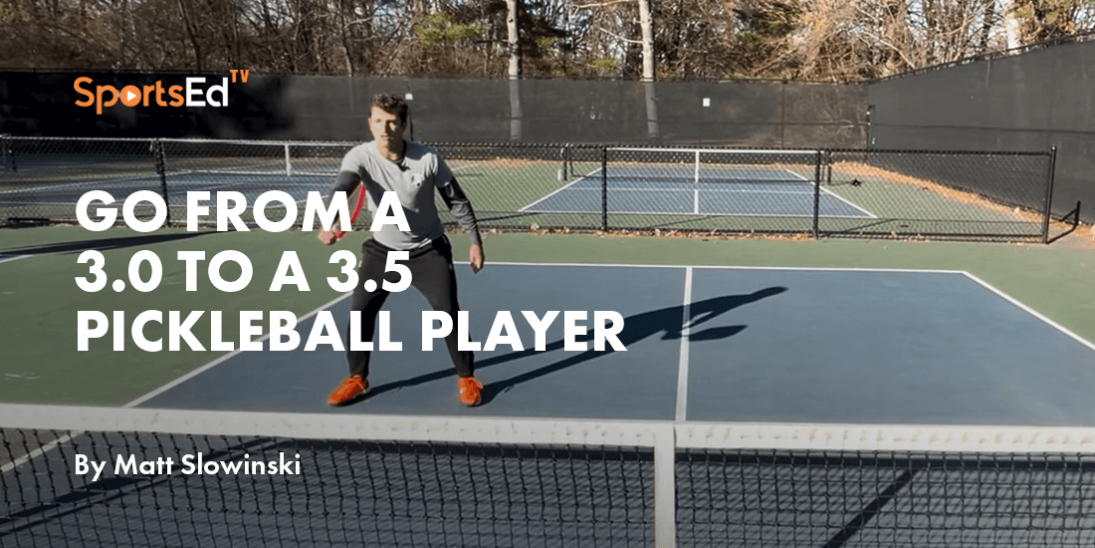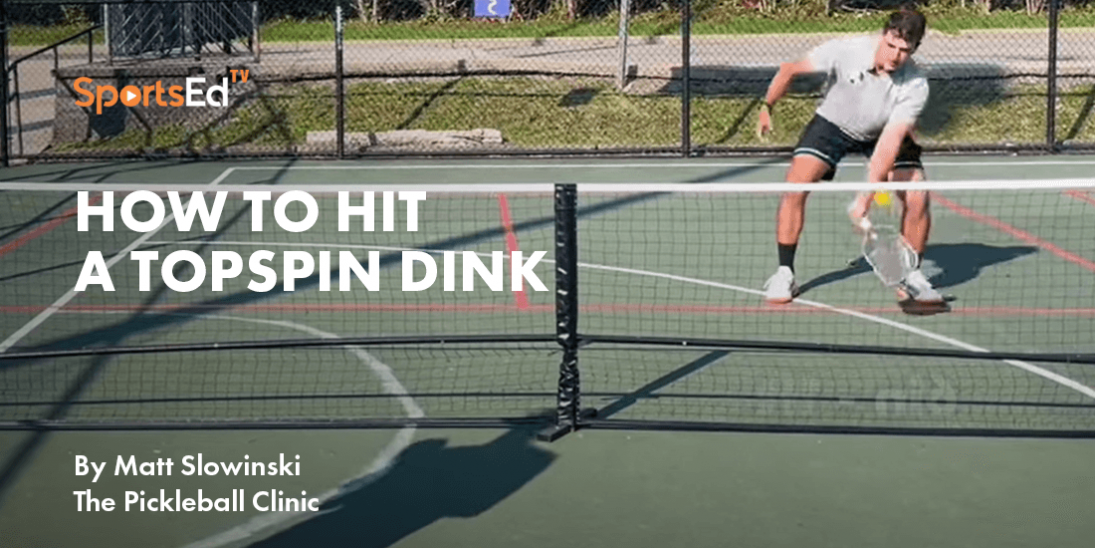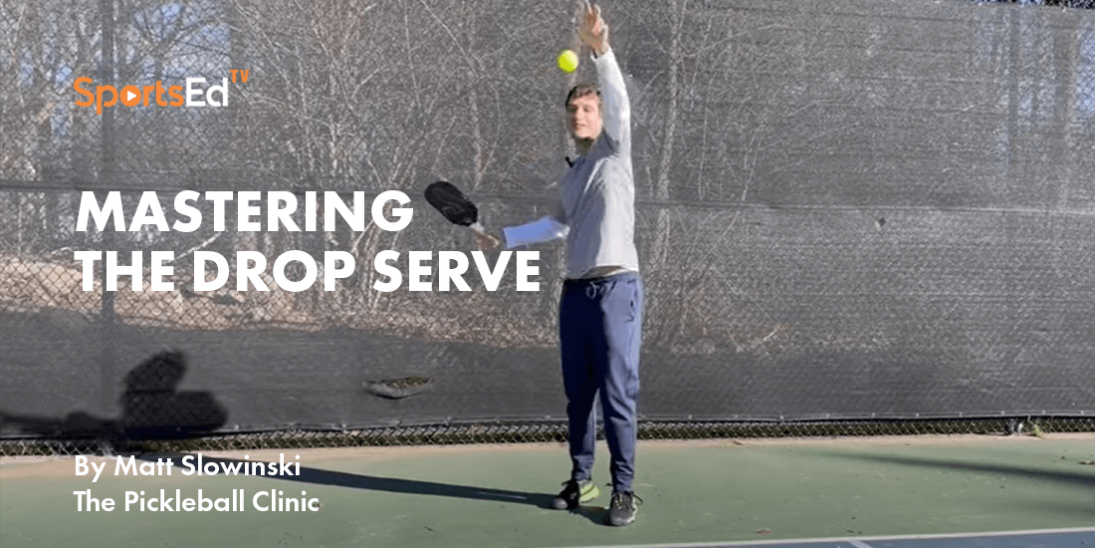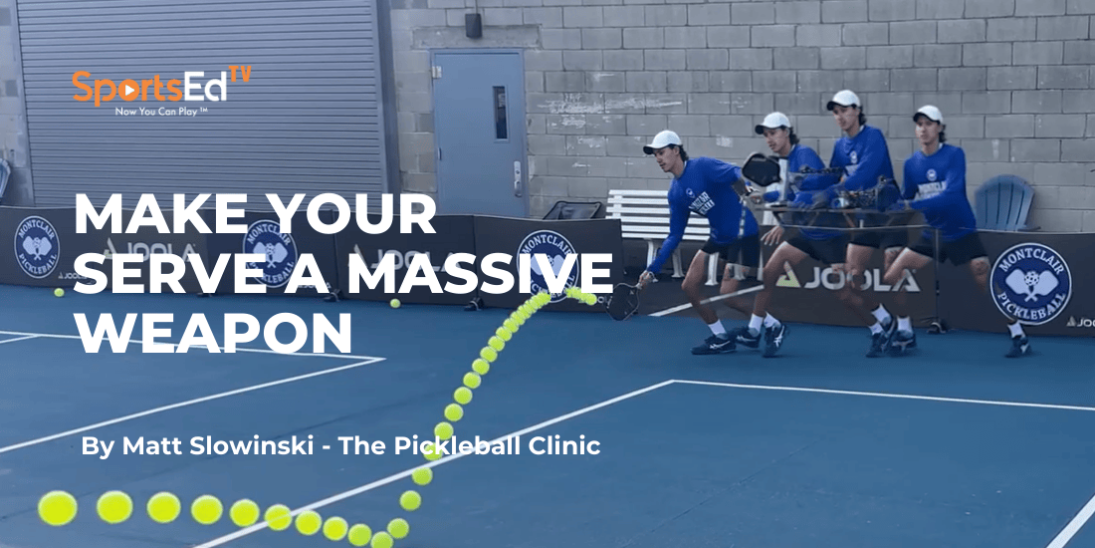Pickleball
Welcome and thanks for visiting...

3 Ways to SPIN Your Dinks: Pickleball Secrets
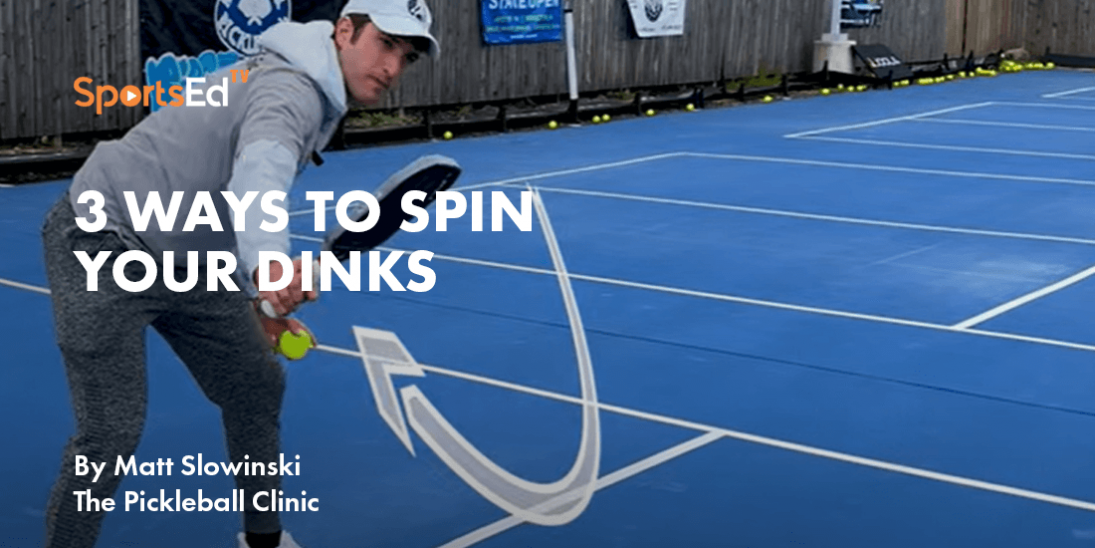
Being able to hit spin on your dinks is a terrific way to work the point at the kitchen line and go on offense. Doing this creates opportunities to get a high ball that you can eventually speed up or put away. There are three different types of spin you can hit on your dinks, and today I'll show you all three, explaining how to hit them, when to use them, and how to improve your dinks at the kitchen line.
The Three Types of Spin
- Topspin: The ball spins forward relative to your body after you hit it.
- Backspin (Slice): The ball spins backward after you hit it.
- Flat: The ball has no spin at all.
Each spin has unique benefits and can be used strategically during a game.
Slice Dink
The slice is the most common type of spin for dinks. Both backhand and forehand dinks often involve slicing. When hitting a slice, you start from on top of the ball, swing under, and finish up, creating a backward spin. This type of dink crosses the net lower and stays low off the bounce, making it difficult for your opponent to attack, especially if they are tall.
How to Hit a Slice Dink:
- Wrist Position: Keep your wrist cocked back. This helps you cup under the ball and create the spin.
- Swing Path: Start high, come low, and finish back up high, forming a U shape with your paddle.
- Execution: Hit a few slice dinks, ensuring the ball crosses the net low and stays low off the bounce.
The motion for forehand slice dinks is similar. Start with the paddle tip a little up, cradle the ball in the same U-shaped motion, and keep the ball low and deep in the kitchen.
Topspin Dink
Topspin dinks are more aggressive but have limitations on when they can be used. It's easier to generate topspin on the forehand. Topspin dinks should only be hit when you are in a good position, never when stretched out to the side.
How to Hit a Topspin Dink:
- Contact Point: Make sure the ball is right in front of your body.
- Swing Path: Start with your paddle tip down, wrist bent back. Swing low to high, turning your forearm over the ball.
Topspin dinks must be hit higher over the net because the topspin will bring the ball down and push it toward your opponent. This allows for more pace and can move opponents around the court, creating opportunities for attack.
Two-Handed Backhand Topspin Dink
Hitting topspin on the backhand side is challenging, and a two-handed backhand is often more effective. This shot involves using the non-dominant hand to control the paddle and generate the spin.
How to Hit a Two-Handed Backhand Topspin Dink:
- Grip: Place your non-dominant hand on top of the paddle, using it to control the shot.
- Contact Point: Ensure the ball is right in front of your body.
- Swing Path: Drop the paddle head and swing over the top, similar to the forehand topspin dink.
Flat Dink
A flat dink has no spin and is the most consistent type of dink. It's essential for defense, especially when stretched out wide. Flat dinks are also great for placing the ball accurately in the kitchen.
How to Hit a Flat Dink:
- Swing Path: Ensure your paddle isn't moving up or down at contact. Move it straight up for both backhand and forehand dinks.
- Execution: Get under the ball and extend forward.
Flat dinks are the best bet for consistent play and controlling the pace of the game. They are especially useful when you need to reset the point and keep the ball in play.
Strategic Use of Spins
When using topspin or slice dinks, aim to hit them cross-court. This gives you a larger margin for error because the cross-court distance in the kitchen is 24 feet compared to the 14 feet straight ahead. This additional distance helps ensure that even if you miss your target slightly, the ball will stay in play and be harder for your opponent to attack.
By mastering these three types of spins and knowing when to use them, you'll improve your offensive play at the kitchen line and create more opportunities to win points. Practice these techniques, incorporate them into your game, and watch your pickleball skills elevate to the next level.




